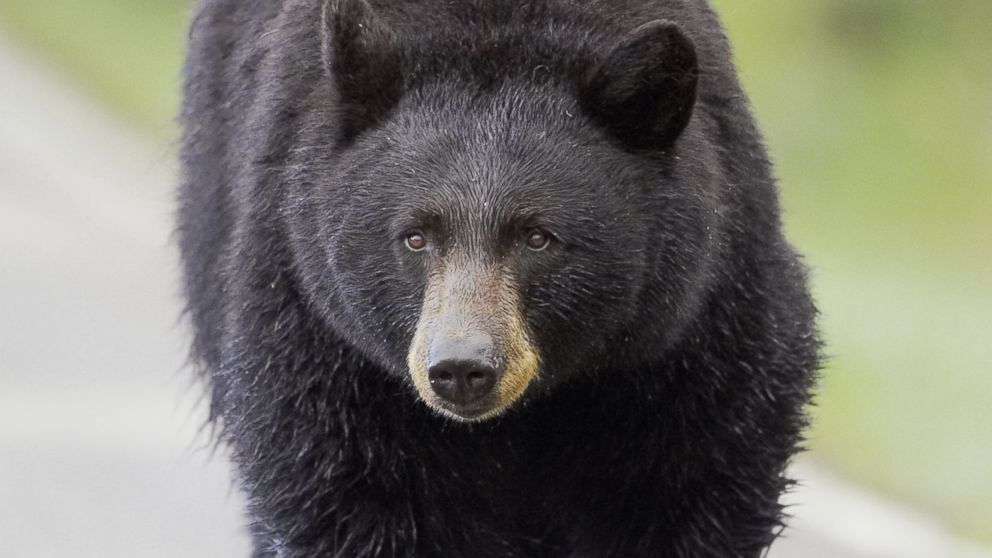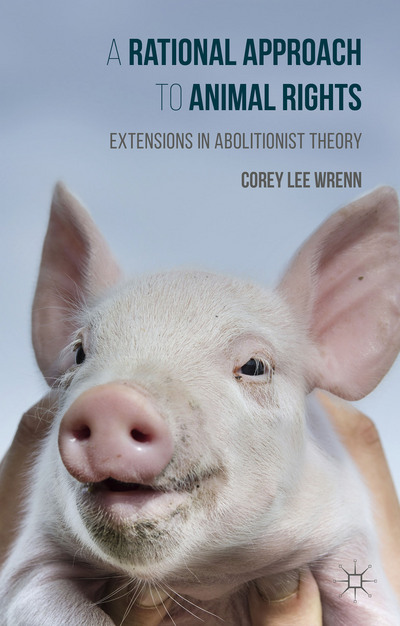Speciesism, like any ideology of oppression, is effective in its banality. Consider the “teddy bear.” Have you ever stopped to consider its origin? It is not so cuddly as you might imagine.
Teddy bears trace back to the early 20th century. Known as the Progressive Era, this was an age of considerable change and insecurity as the country modernized and reformed. As feminists pressed for women’s rights, traditional male power was challenged and provoked resistance. Rugged masculinity became a popular “cure” for a populace thought have become weak and effeminate. This was complicated by American imperialism and war, both of which necessitated ideological support for the systemic violence, dominance, and colonization that characterized the American agenda.
As such, nationhood was bound to the celebration of masculinity and the denigration of all that was feminine. Unfortunately for Nonhuman Animals, they would become prime targets in this conflict. Prior to the turn of the 20th century, “hunting”1 was primarily associated with the lower classes engaged in substance-killing and the upper classes engaged in sport-killing. Humane societies had little interest in harassing the poor, and even less interest in antagonizing elites who could easily become a political threat. According to HSUS historian Bernard Unti,2 this changed with the election of Theodore (“Teddy”) Roosevelt. Roosevelt’s gregarious, rough-n-tumble warrior-“cowboy” persona brought hunting center stage. Humane advocates could not ignore the president’s gratuitous violence and its potential influence on impressionable youth.
Roosevelt’s “hunting” exploits drew considerable media attention and criticism from humane organizations, namely the Massachusetts SPCA. The criticism was well deserved. In one African “safari,” Roosevelt and his team were responsible for killing 11,000 animals. “Hunting” became a ritual display of Presidential power. As he visited towns across the US, citizens would present nonhuman victims, some of whom were tame, for Roosevelt to dispatch in “canned hunts.”
In one such case, one of the victims presented was in especially pitiful shape. Already mangled by “hunting” dogs, the gasping bear had been tied to a tree to await Roosevelt’s shot. Rather than maintain the pretense of a “hunt,” Roosevelt instructed his guide to “euthanize” the bear by violently stabbing him death. The bear apparently struggled considerably in this final fight for his life. The incident went viral, and Roosevelt was commended for his “compassion.” Like many epic tales of Roosevelt’s exploits, there was a political tilt. The violent and paternalistic control of Nonhuman Animals spoke not only to America’s relationship with women and foreign powers, but also to people of color. The Smithsonian, for instance, reports that the Teddy bear story analogized Roosevelt’s disdain for lynching in the South. Whatever the intended meaning, the President and bears were linked ever since. The popularity of the story sparked the sale of “teddy bear” souvenirs.
Animal-killing generally worked in Roosevelt’s favor, and he dismissed his critics with racism, ableism, and sexism. Vegetarians were simply “flabby Hindoos,” while humane activists were “soft-headed.” To Roosevelt, killing was natural, necessary, and good for the character and the nation.
 Today, teddies are associated with childhood, sweetness, and even love, but their legacy is riddled with patriarchal, imperialist violence and the mass killing of Nonhuman Animals. There is also an unmistakable undercurrent of misogyny, as violence enacted on animals was a measure of reasserting masculine dominance. The animalizing of African Americans in the South in the teddy bear legacy also gives pause. Critical Animal Scholars have also examined children’s toys as a powerful means of socializing human supremacy. I am not prepared to classify teddy bears as nonvegan, but I do advocate an honest appraisal of their questionable history.
Today, teddies are associated with childhood, sweetness, and even love, but their legacy is riddled with patriarchal, imperialist violence and the mass killing of Nonhuman Animals. There is also an unmistakable undercurrent of misogyny, as violence enacted on animals was a measure of reasserting masculine dominance. The animalizing of African Americans in the South in the teddy bear legacy also gives pause. Critical Animal Scholars have also examined children’s toys as a powerful means of socializing human supremacy. I am not prepared to classify teddy bears as nonvegan, but I do advocate an honest appraisal of their questionable history.
Notes
1. Euphemistic terms are placed in quotations to denote their contested nature.
2. Readers can learn more about the legacy of Theodore Roosevelt and the history of humane activism in the United States in Bernard Unti’s 2002 The Quality of Mercy: Organized Animal Protection in the United States 1866-1930 (open-access). More information is also available from the Theodore Roosevelt Association.
Readers can learn more about the politics of the Nonhuman Animal rights movement in my 2016 publication, A Rational Approach to Animal Rights. Receive research updates straight to your inbox by subscribing to my newsletter.


